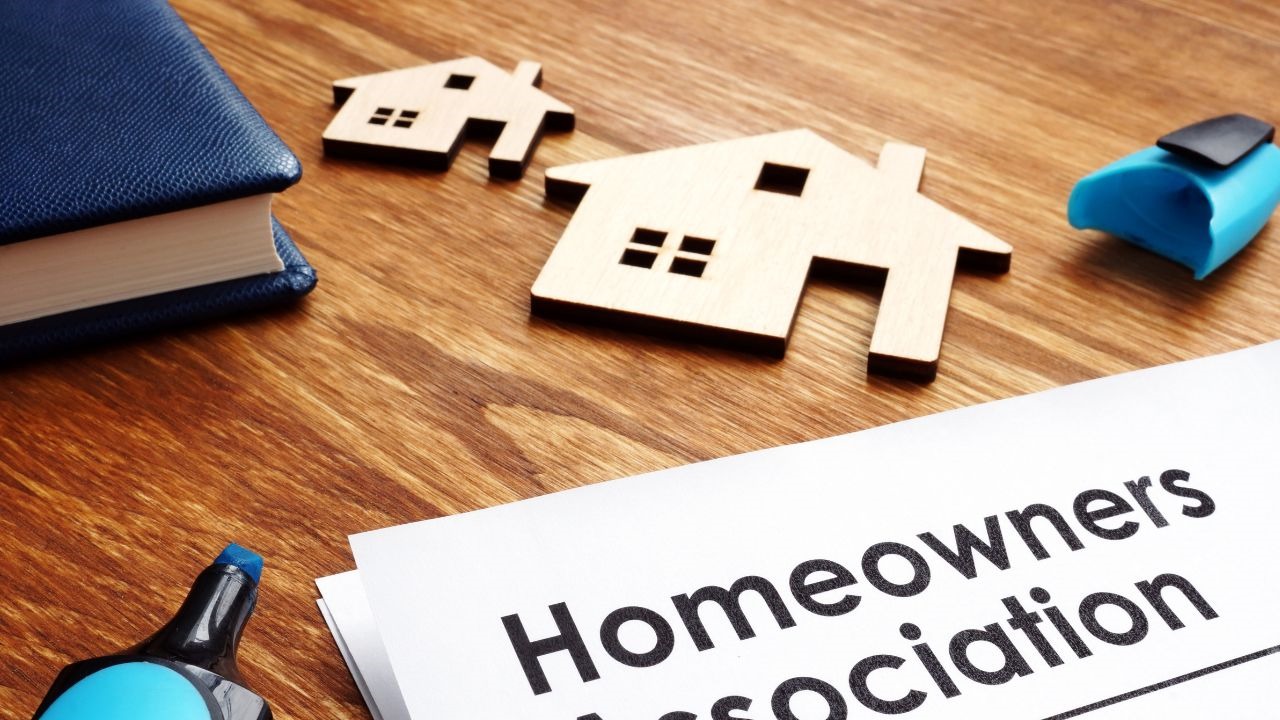Look into the Future of HOA Condo Advancement
Look into the Future of HOA Condo Advancement
Blog Article
The Duty of an HOA in Developing and Enforcing Community Standards for Residents
The function of a Homeowners Association (HOA) in establishing and enforcing community standards is fundamental to preserving a orderly and cohesive household setting. By developing clear policies that govern elements such as residential property upkeep and community conduct, the HOA not just establishes criteria for citizens but likewise fosters a sense of belonging and accountability.
Recognizing Property Owners Organizations
Homeowners organizations (HOAs) act as controling bodies for residential communities, playing a critical function in keeping property worths and cultivating a feeling of neighborhood. Commonly created by designers, HOAs are composed of home owners within a designated area that elect a board to oversee the organization's tasks. The key functions of an HOA include implementing neighborhood regulations, taking care of typical areas, and organizing community events.
HOAs run under a set of regulating documents, consisting of covenants, constraints, and conditions (CC&R s), which lay out the rights and duties of home owners. These guidelines aim to ensure that residential properties are preserved to a particular standard, consequently protecting the visual allure and total value of the neighborhood. Additionally, HOAs typically collect fees from home owners to fund upkeep, landscaping, and various other area services.
The visibility of an HOA can considerably affect the living experience within a neighborhood (hoa condo). While some homeowners appreciate the structured environment and features given, others might locate specific laws limiting. Stabilizing the interests of all house owners is vital for an HOA to operate properly, making sure that it offers its designated purpose of boosting neighborhood living while appreciating specific property owner legal rights
Establishing Neighborhood Standards

To begin, an HOA should conduct surveys or convene that enable residents to voice their suggestions and problems. This participatory process promotes a sense of ownership and raises compliance. Next, the HOA board need to assess the comments to recognize usual styles and concerns that call for formal addition in the guidelines.
It is additionally essential to guarantee that the guidelines are clear, succinct, and easily comprehended. Uncertainties can bring about problems and misconceptions, threatening the objective of the standards. The guidelines ought to be thorough, covering different aspects of neighborhood living, including home upkeep, noise levels, and usage of usual areas.
Enforcement of Guidelines
Effective enforcement of area rules is vital for maintaining order and ensuring that all homeowners abide by the developed guidelines. An HOA has to execute an organized approach to impose these policies, which usually involves a combination of monitoring, communication, and charges for non-compliance.
First, regular assessments and area patrols can aid recognize violations, making sure that regulations are regularly applied across the area. This proactive surveillance enables the HOA to deal with problems before they rise, cultivating a sense of responsibility amongst citizens.
Second, clear interaction is vital. Homeowners should be notified of the rules and the procedures for reporting infractions. An open line of communication motivates citizens to voice worries and seek clarification on guidelines, which can improve compliance.

Last but not least, when infractions happen, the HOA has to implement effects as detailed in the controling documents. This may include look at this website alerting letters, penalties, or, in serious instances, lawsuit. It is necessary that fines are used fairly and regularly to preserve count on within the neighborhood. By successfully enforcing policies, an HOA can cultivate an unified living atmosphere that shows the cumulative worths of its residents.
Advantages of HOA Rules
Many advantages emerge from the execution of HOA policies, which serve to enhance the lifestyle within an area. One main advantage is the upkeep of property worths. By applying criteria for appearances and upkeep, HOAs make sure that homes and common areas remain eye-catching, fostering a desirable living setting that can bring about enhanced property values gradually.
In addition, HOA regulations promote consistency and uniformity within the area. This comprehensibility in design and upkeep assists to develop a sense of belonging among citizens, adding to community satisfaction and a favorable environment. Additionally, developed standards assist in conflict resolution among neighbors by providing clear assumptions and methods for actions, thereby decreasing disagreements.
An additional significant advantage is the provision anchor of shared facilities and solutions. Numerous HOAs manage neighborhood centers such as clubs, swimming pools, and parks, which improve leisure possibilities for citizens. These facilities not just enhance the top quality of life however also motivate social interaction.
Eventually, the policies stated by an HOA cultivate an efficient, harmonious area, making sure that homeowners take pleasure in a high standard of living while fostering an encouraging setting for all house owners.
Usual Obstacles Faced by HOAs
In the middle of the benefits that house owners associations (HOAs) can provide, they likewise come across a variety of obstacles that can impede their performance. Many house owners might not get involved in conferences or area activities, leading to a separate in between the HOA board and citizens.
One more obstacle is the enforcement of laws and rules. Conflicts can emerge when homeowners feel that enforcement is irregular or prejudiced, possibly causing disputes within the community. In addition, HOAs frequently face economic restraints, which can limit their ability to maintain usual locations or fund area projects. This can create dissatisfaction among citizens that expect high requirements of upkeep.
Additionally, navigating legal complexities can be discouraging for HOAs. They should ensure conformity with state see here legislations while handling their very own regulating records, which can be a resource of confusion. Last but not least, altering demographics and advancing neighborhood needs call for HOAs to adapt their guidelines, typically fulfilling resistance from long-lasting citizens who are accustomed to typical norms. Addressing these obstacles is vital for promoting a unified and flourishing neighborhood.
Verdict

By developing clear rules that regulate facets such as home upkeep and area conduct, the HOA not only sets standards for locals however also fosters a feeling of belonging and liability.Homeowners organizations (HOAs) serve as regulating bodies for residential neighborhoods, playing a critical duty in maintaining home worths and cultivating a sense of neighborhood. Many property owners might not take part in meetings or neighborhood tasks, leading to a disconnect in between the HOA board and residents. Advancing and transforming demographics area needs need HOAs to adjust their standards, typically satisfying resistance from long-standing locals that are accustomed to standard standards. Via the development of clear regulations and consistent enforcement, HOAs advertise home maintenance, neighborhood pride, and trust amongst citizens.
Report this page